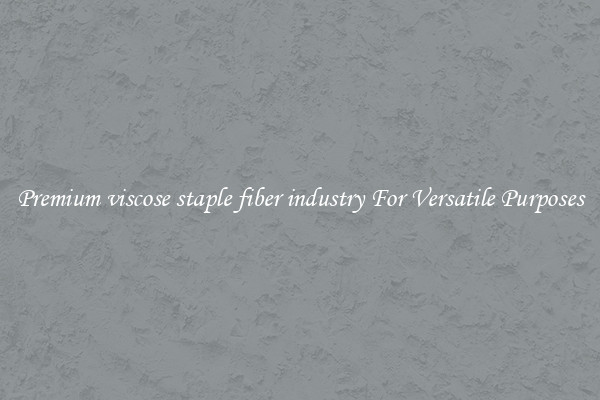Fiber Optic Equipment
Fiber Optic Equipment: Revolutionizing the World of Communications

In today's fast-paced and interconnected world, the demand for efficient and reliable communication systems is paramount. This is where fiber optic equipment comes into play, revolutionizing the way information is transmitted and opening up a world of possibilities for businesses and individuals alike.
Fiber optic equipment refers to the technologies and devices used to transmit data through thin strands of glass or plastic fibers. It consists of various components, such as optic cables, connectors, transmitters, receivers, and switches, all working together to ensure the seamless transmission of data at high speeds and over long distances.
One of the key advantages of fiber optic equipment is its incredible bandwidth capacity. Unlike traditional copper cables, which have limited bandwidth and can only transmit a certain amount of data at a time, fiber optic cables can handle massive amounts of information simultaneously. This makes them ideal for applications that require high data transfer rates, such as video streaming, online gaming, and cloud computing.
Another significant advantage of fiber optic equipment is its immunity to electromagnetic interference (EMI). Copper cables are prone to EMI, which can degrade the signal quality and lead to data loss or transmission errors. Fiber optic cables, on the other hand, are not affected by EMI, making them highly reliable and ensuring the delivery of high-quality data without any interruptions.
Furthermore, fiber optic equipment offers greater security compared to traditional copper cables. Since fiber optic cables transmit data using light pulses, it is extremely difficult to intercept or tap into the signal without causing noticeable disruptions. This makes fiber optic networks a preferred choice for industries that handle sensitive and confidential information, such as government agencies, financial institutions, and healthcare providers.
In addition to these advantages, fiber optic equipment also offers a more cost-effective solution in the long run. Although the initial installation costs may be higher than copper cables, fiber optic networks require less maintenance and have a longer lifespan. Moreover, fiber optic cables have a smaller footprint and can carry signals over longer distances, reducing the need for additional infrastructure and equipment.
The widespread adoption of fiber optic equipment has also paved the way for new technologies and services. With fiber optic networks becoming more accessible, there has been an explosion of innovative applications and services, such as high-definition video conferencing, virtual reality, and Internet of Things (IoT) devices. These advancements not only enhance the way we communicate but also drive economic growth and improve the overall quality of life.
In conclusion, fiber optic equipment has revolutionized the world of communications by providing faster, more reliable, and secure transmission of data. Its high bandwidth capacity, immunity to EMI, and enhanced security make it the preferred choice for industries and individuals seeking top-notch communication solutions. As technology continues to advance, fiber optic equipment will continue to play a crucial role in shaping our interconnected world.

View details

View details

View details

View details








